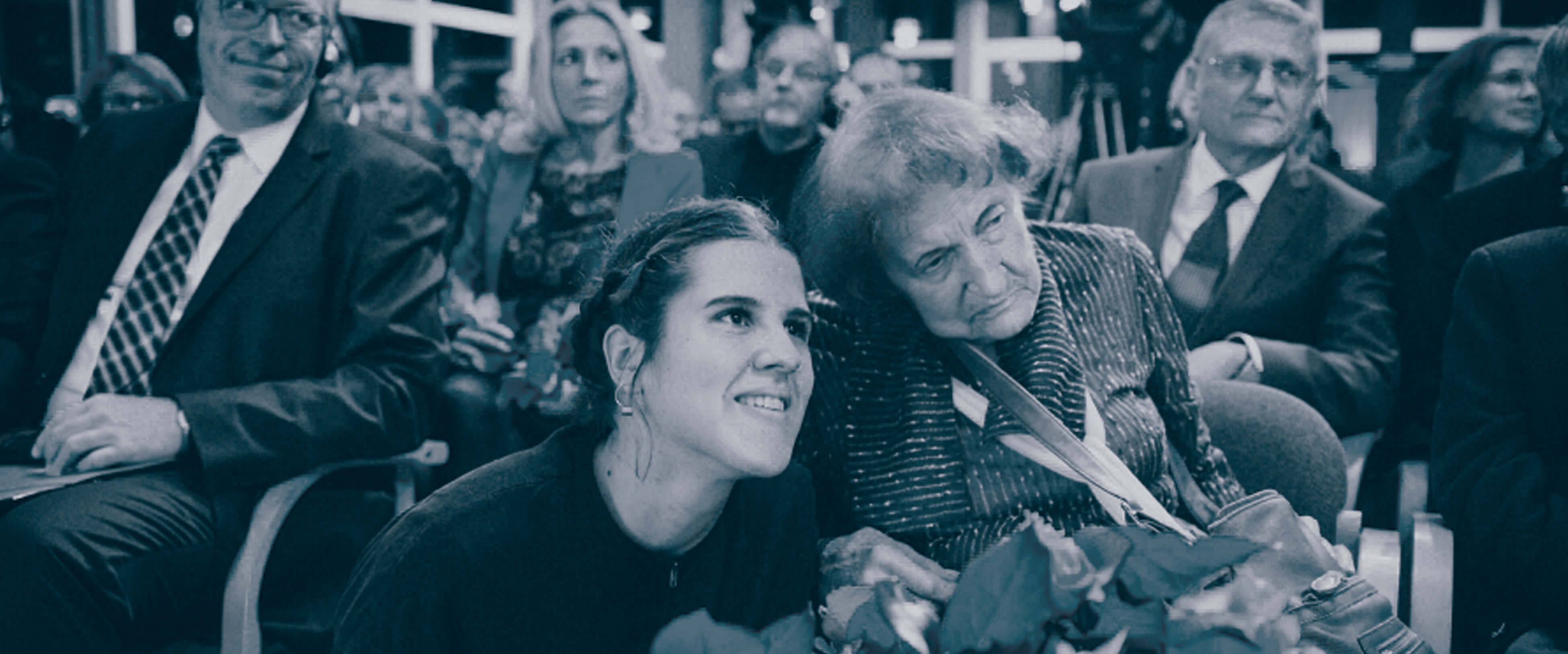Auschwitz survivors about the IYMC
The special atmosphere of the our Centre has been created by former KL Auschwitz prisoners, who supported the idea of creating the IYMC, and who give unquestionable legitimacy to its pedagogical activities. It was they who exerted the greatest influence on the shape and form of the House's model projects. The IYMC is above all a place where young people meet with Witnesses of History and their testimonies. We pride ourselves on the friendship that they have bestowed upon us, and our cooperation with them is not limited only to organizing meetings with young people. Based on their fate, we prepare didactic activities: seminars and workshops, as well as publications.
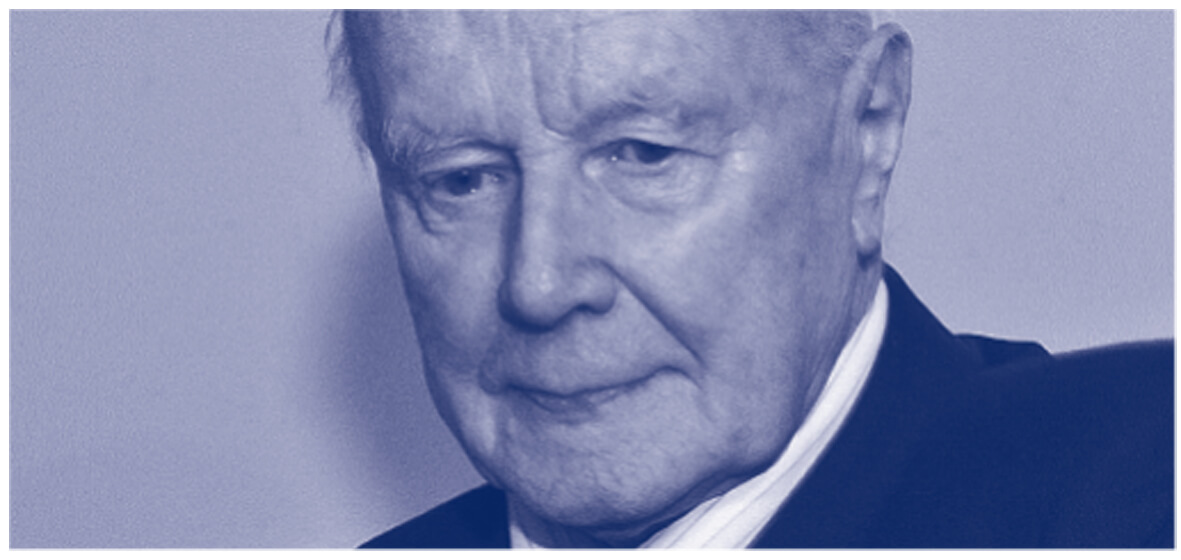
KAZIMIERZ ALBIN/ 1922-2019 /
Prisoner of the 1st transport to Auschwitz (camp number 118). In 1943, he managed to escape from the camp. He was a member of the International Council of the Auschwitz-Birkenau State Museum and a vice president of the International Auschwitz Committee.
The work of the IYMC is an impressive achievement of people who created the Centre and who work there on daily basis. Despite numerous meetings I have had in the IYMC I am still moved by the special interest of young Germans and Poles in this difficult subject.
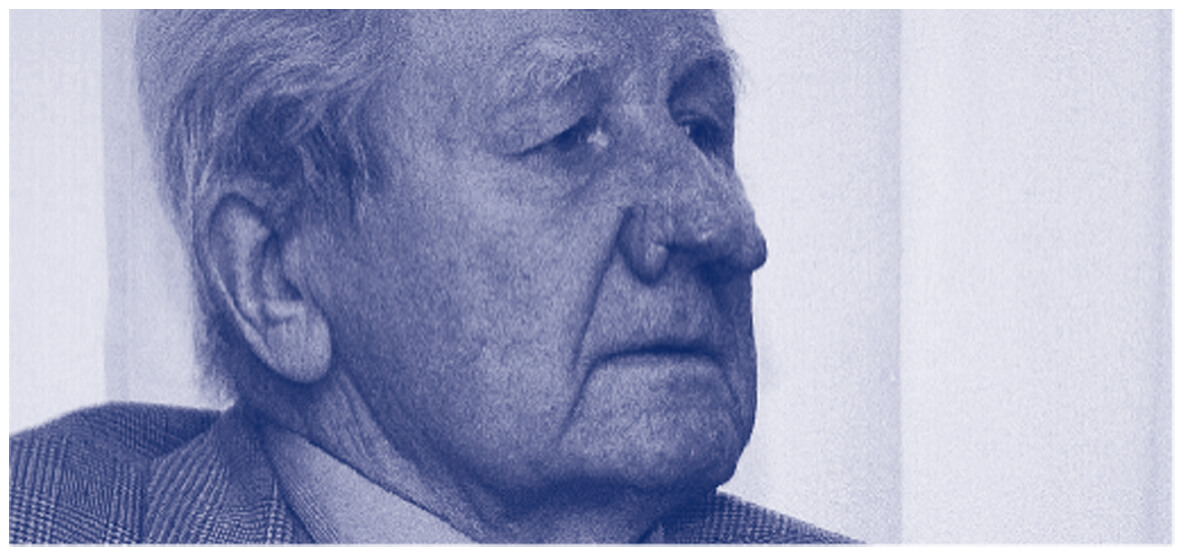
WILHELM BRASSE/ 1917-2012 /
KL Auschwitz Concentration Camp prisoner (camp number 3444). In 1939, he refused to sign the Volksliste and in 1940 he was sent to the concentration camp where he worked as a photographer, taking photos of newly arrived prisoners, and photographing the victims of SS doctor Josef Mengele's criminal experiments.
I have a book at home in Żywiec, a gift from my grandfather, “Weltgeschichte,” the Leipzig edition from 1926. In it, I read that the then rulers of Europe, the French and Germans, thought about aunited Europe. During my talks at the IYMC with young people from all over the world I confirm my conviction that we have such Europe, here in this city, in this Centre. A Europe without borders, without prejudice (…) Under this roof I have found adifferent face of the Germans. The terrible experiences of more than 70 years ago have been replaced by the faces of attentive, understanding, and compassionate young people.
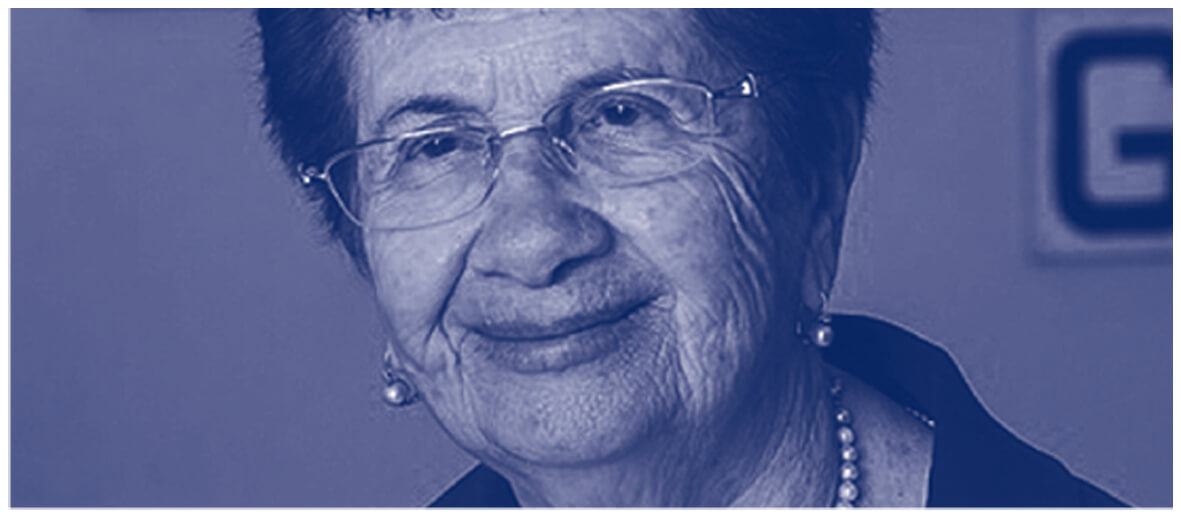
HALINA BIRENBAUM/ born 1929 /
Prisoner of Majdanek, Auschwitz (camp number 48693), and Neustadt-Glewe concentration camps. Since 1947, she has lived in Israel. A writer (e.g. “Hope is the Last to Die”), poet, and translator. The Polish Council of Christians and Jews awarded her the title of Person of Reconciliation in 2001. She sits on the International Auschwitz Council.
For years the IYMC has been an oasis where I find solace and rest during difficult expeditions into my Auschwitz past. It is the place where, in an atmosphere of friendship and understanding for the experiences of a Jewish girl sentenced to death in the Auschwitz-Birkenau gas chambers, I have an opportunity to meet young people from the whole of Europe. I can tell those young people about my life, about the life and death of my family and my friends. It seems that in this way I return the dead an hour of their lives, so they will exist in the hearts and minds of the listeners. I also tell them about the power of friendship, hope, and the value of life in all situations. Returning to Oświęcim and the grounds of the former camp, makes me feel strongly what I had experienced there. The realization that the power of this great evil, which seemed invincible, eternal, has been vanquished.
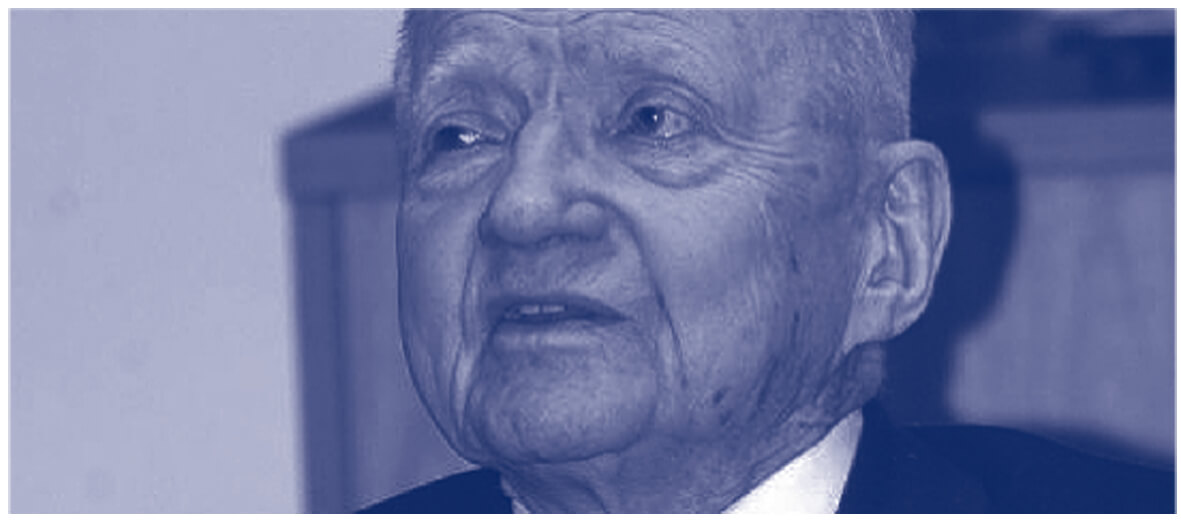
WACŁAW DŁUGOBORSKI/ 1926-2021 /
From August 1943, a prisoner of KL Auschwitz-Birkenau (camp number 138871). Among others, he worked cleaning the sewers and in the baths for the sick in the hospital facility. He fled the camp before the liberation. After the war, he began his academic career working in Poland and also in Germany and Austria as a visiting professor. He helped found the University of Silesia in Katowice and cooperates with the Auschwitz-Birkenau State Museum as a long-term research curator and consultant. He currently lives in Katowice.
When I was lying seriously ill, my cousin, Janusz (Nel) Siedlecki, came to me. He said I had to survive because I am young and I still have a lot to do in my life, to speak about what was happening in the camp. Meetings with young people in the IYMC fulfill his request and Ithank him for saving my life.
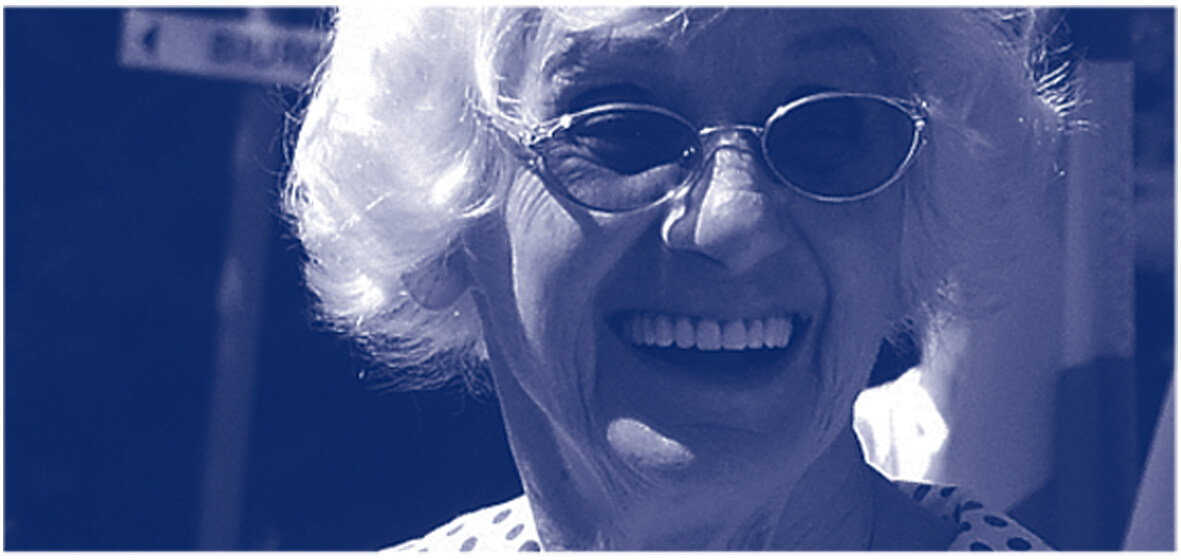
ÉVA PUSZTAI-FAHIDI/ 1925-2023 /
After the Action Höss began, together with her parents and sister she was confined in the Debrecen Ghetto. On 27th June 1944 they were transported to KL Auschwitz-Birkenau. During the selection, she was declared fit for forced labor. In August 1944, she was sent to the Allendorf sub-camp (KL Buchenwald), where she received the number 23151. Currently, she is a member of the International Auschwitz Committee. She served as an auxiliary prosecutor in the trial of Oskar Gröning, the so-called “bookkeeper” of Auschwitz.
Dachau, Buchenwald, and other memorial sites, even as small as Stadtallendorf, are lighthouses of education as well as historical duty. So, what is happening in the context of Auschwitz-Birkenau: education and pedagogy, cannot fall into neglect. We must give more and even more support to this cause. Auschwitz must never happen again!
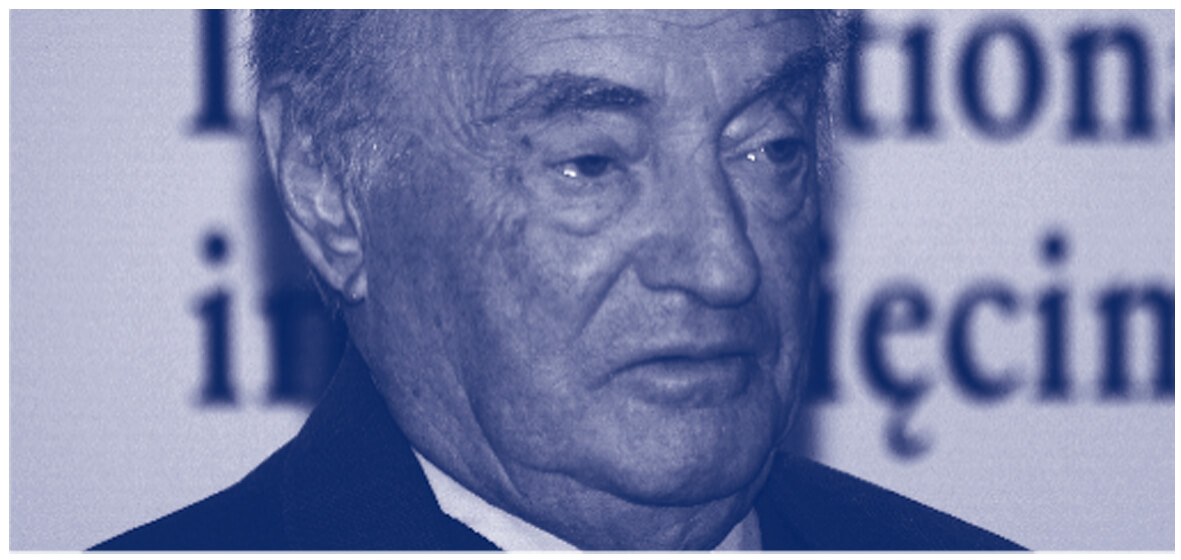
NOACH FLUG/ 1925-2011 /
Prisoner of Auschwitz (camp number 136642), Gross-Rosen, Mauthausen, and Ebensee concentration camps. In 1958, he emigrated to Israel. From 2002 until his death, he was the President of the International Auschwitz Committee.
A House for contemplation. A House for the heart.
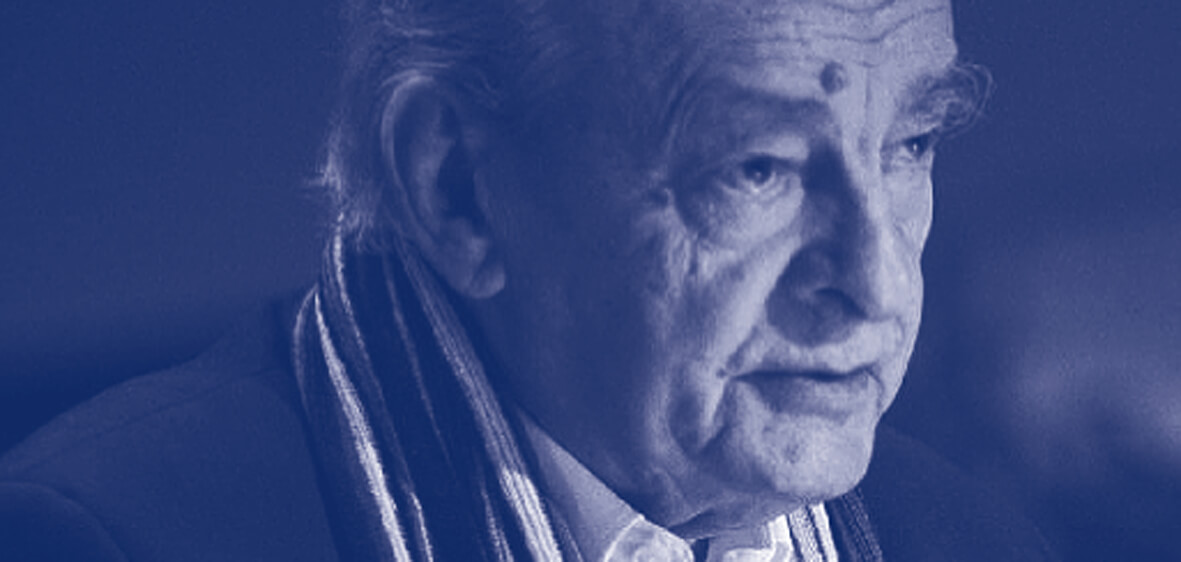
AUGUST KOWALCZYK/ 1921-2012 /
From 1940, a prisoner of KL Auschwitz, (camp number 6804). After an 18-month incarceration in Auschwitz, he managed to escape. After the war, he worked as an actor and director. Later, he became the Chairman of the Foundation for the Hospice - Memorial to the City of Oświęcim.
The House (...) is a magical place, it turns our desires into a friendly chatter in the once hostile, but now friendly, German language. They listen to us and feel that it is important to us, very important. And then it turns out that for them it is also important. They want to understand, by getting to know us. The IYMC is not only Polish-German, it is the world of young people, speaking many languages. Most importantly, the hosts need us as much as we need them. That is why, at the age of 90, I get on atrain from Warsaw and go to Oświęcim to the IYMC. This is aHouse painted with our hearts.
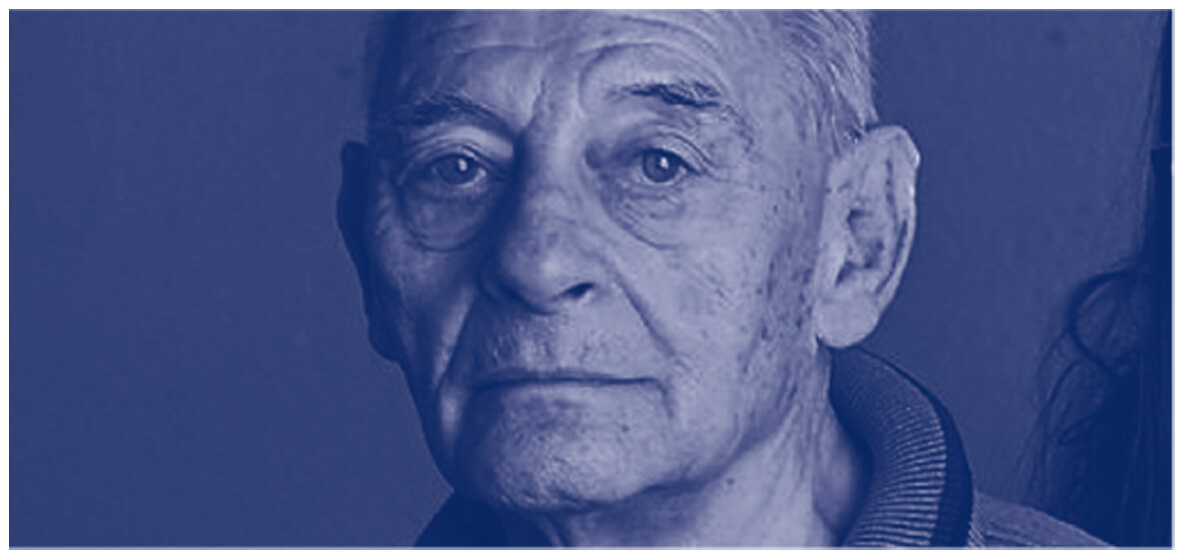
IGNACY ARTUR KRASNOKUCKI/ 1925-2016 /
In November 1939, he and his family were resettled to the Litzmannstadt Ghetto in Łódź. From March 1944, he was a prisoner in forced labor camp in Częstochowa, later KL Buchenwald, and the Sonnenberg sub-camp. During the preparation of the Death March in 1945, he was able to escape.
The meetings serve one main purpose: to make young people aware of the need for tolerance, justice, humanity, and to direct them toward responsible action.
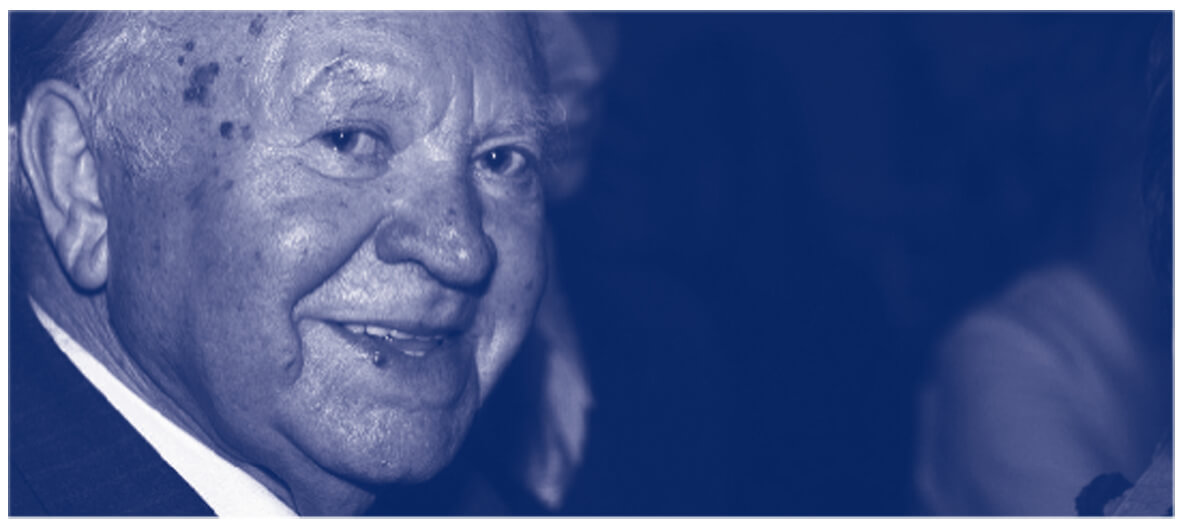
HENRYK MANDELBAUM/ 1922-2008 /
A KL Auschwitz prisoner (camp number 181970), assigned to work in the Sonderkommando. In January 1945, he escaped from the Death March. He cooperated with the IYMC for many years.
The IYMC – My second home.

JÓZEF PACZYŃSKI/ 1920-2015 /
He was a prisoner of Auschwitz (camp number 121), Mauthausen, and Melk near Vienna. He spent 5 years in the concentration camps. After the war, he became the long serving director of the Mechanical-Electrical Technical School in Brzesko.
The IYMC is my Home. I am amazed that such a House exists. I did not think people would like to meet here. I also did not expect my fate in the camp would be important for so many people, especially young people. Meetings in the Centre are the hope for a better future for those I speak to as well as for me and my former camp colleagues.
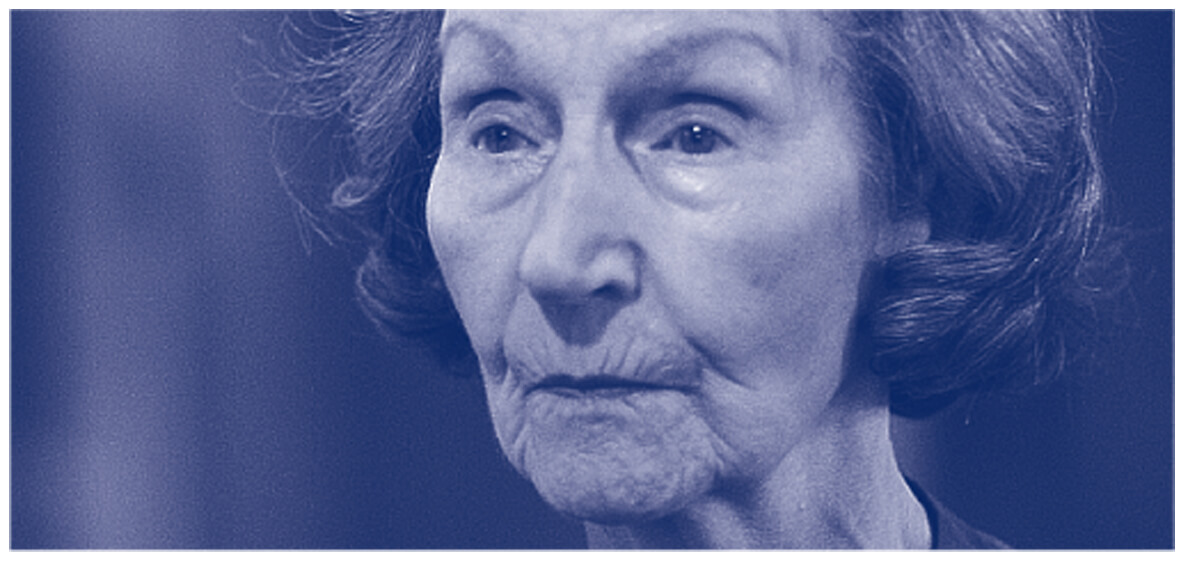
ZOFIA POSMYSZ/ 1923-2022 /
Prisoner of KL Auschwitz (camp number 7566), Ravensbrück, and Neustadt-Glewe. After the war, she settled in Warsaw and started working for Polish Radio. An author of many books, mainly about the camp (e.g. “The Passenger”). She currently lives in Warsaw.
What is the IYMC for me? A place where, like nowhere else, I do not feel my life is idle and empty, where Iam convinced that I still have something to accomplish, something meaningful. Also, where I am among people who are compassionate, dear to me, and welcoming. Meetings with young people give me hope. The hope that the world will come across the history of this scrup of land, where, like in his poignant poem the poet Andrzej Winogrodzki wrote, “from blood a blade of grass from ashes a stone”, the world will be better because they will be able to save the future from the horror of the creatures whose symbol is Auschwitz.
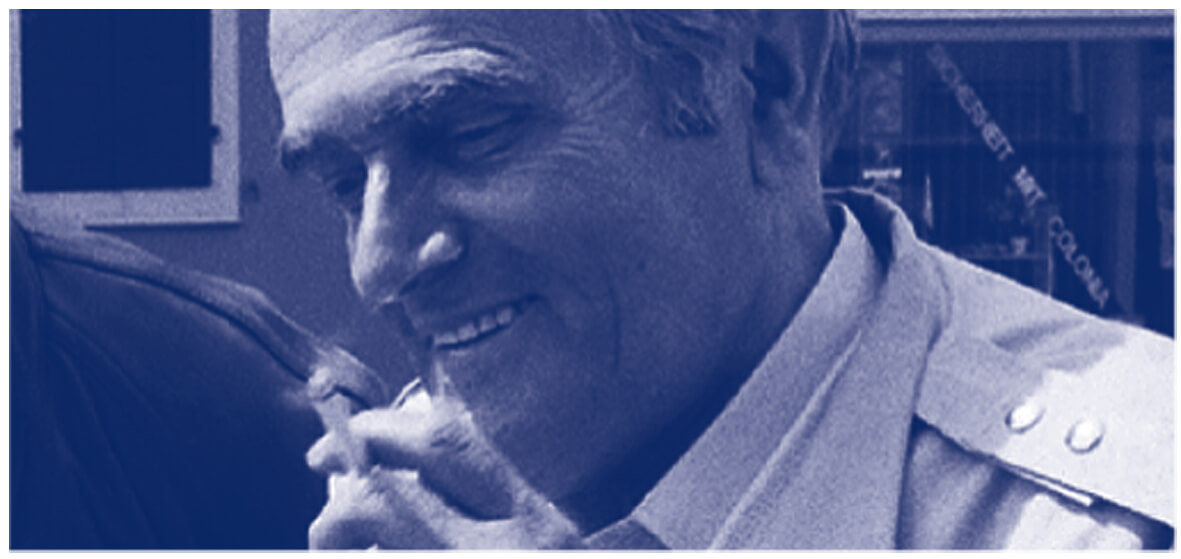
ALFRED PRZYBYLSKI/ 1919-1994 /
Prisoner of KL Auschwitz (camp number 471) and KL Buchenwald. After the war a member of the Association of Polish Architects. Together with Helmut Morlok he created the architectural design of the IYMC.
Nothing here is strange to me. I immediately feel at home.
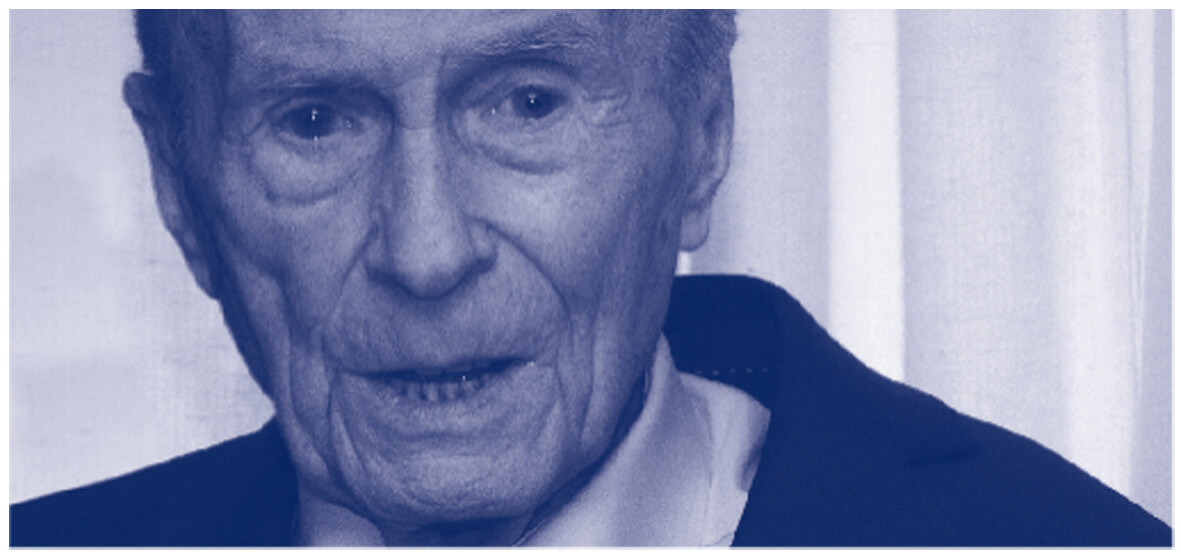
KAZIMIERZ SMOLEŃ/ 1920-2012 /
He was sent to Auschwitz for underground activity in one of the first transports of Polish prisoners, there, he was given number 1327. He was also imprisoned in Mauthausen. After the war, he graduated with a law degree from the Catholic University of Lublin and worked for several years in the Main Commission for the Investigation of Nazi Crimes. He appeared as a witness in many trials of Nazi criminals, among others, in Nuremberg and Frankfurt am Main. After the war, he was the longtime director of the Auschwitz-Birkenau State Museum in Oświęcim.
Here I tell our story, here my words flow towards the future.
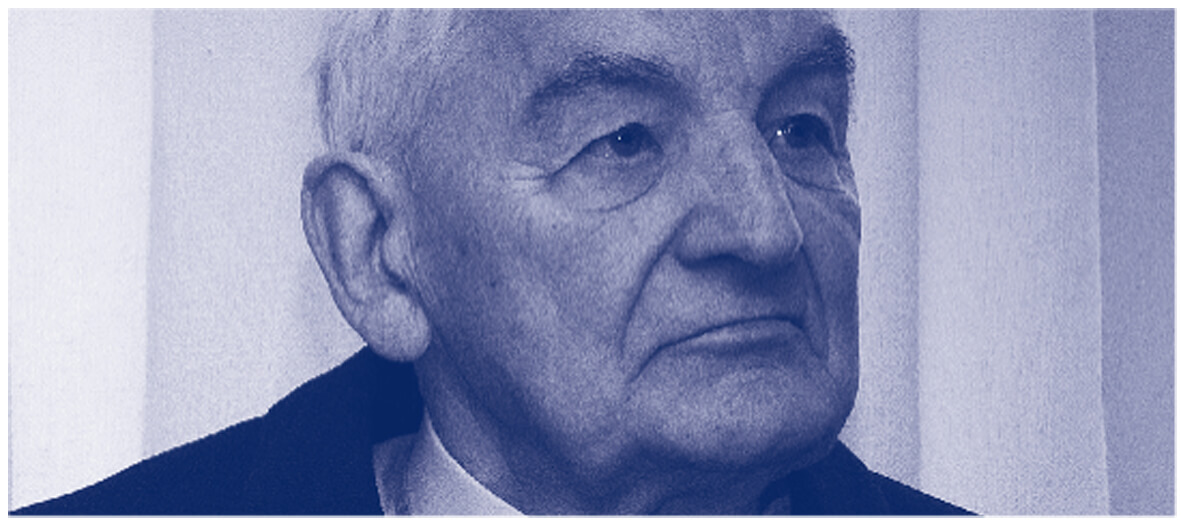
TADEUSZ SMRECZYŃSKI/ 1924-2018 /
In 1944, he was deported to KL Auschwitz (camp number 188506), where he worked, among others, at building air raid shelters and digging ditches along the Vistula River. Later he was transported to the Mauthausen camp. He labored in the metallurgical industry in Linz. He was liberated in May 1945. After the war, he graduated from medical school and worked as a doctor.
The International Youth Meeting Centre provides an opportunity for young people to exchange views and share their impressions. Despite the passing of time, the number of people who want to learn about the greatest crime in history increases. This is the best proof of the essence and positive activity of the IYMC.
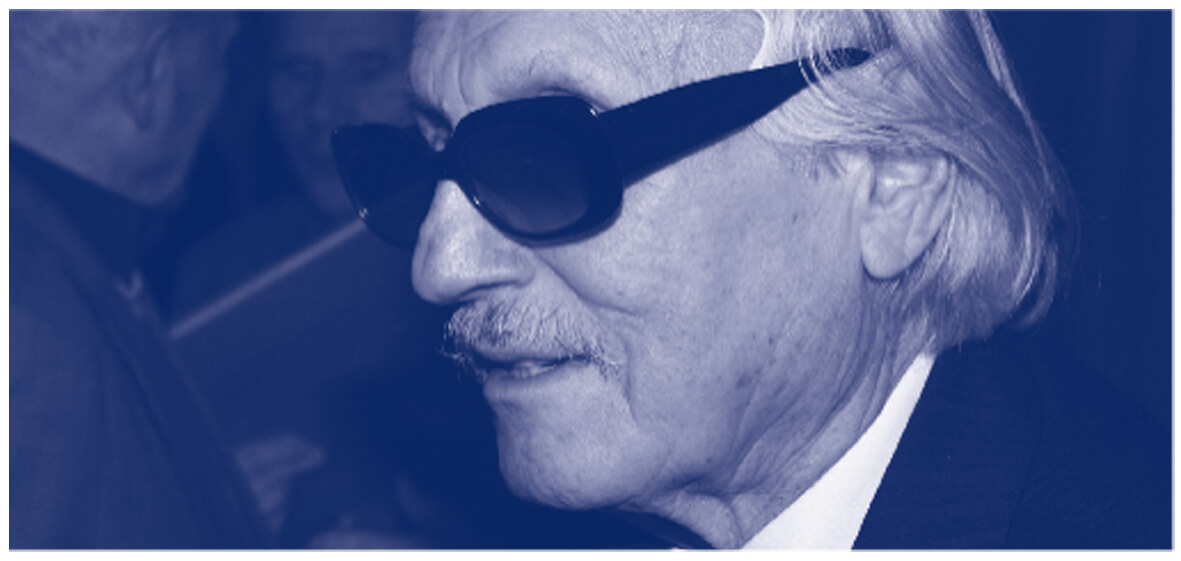
TADEUSZ SOBOLEWICZ/ 1923-2015 /
Prisoner of KL Auschwitz (camp number 23053), Buchenwald, Leipzig, Mülsen, Flossenbürg, and Regensburg. After the war, he was an actor in the Słowacki Theater in Kraków and the Wyspiański Theater in Katowice.
The IYMC, a Home belonging to you and me. It is a unique oasis, an exceptional place. I recognize my activity at the IYMC as a mission, my destiny. Meetings with young people, especially Germans, become a new challenge for me (…) They listened to me perplexed, with their faces gradually brightening up with hope and faith that the world can be different, but we need to fight for this better and more perfect world.
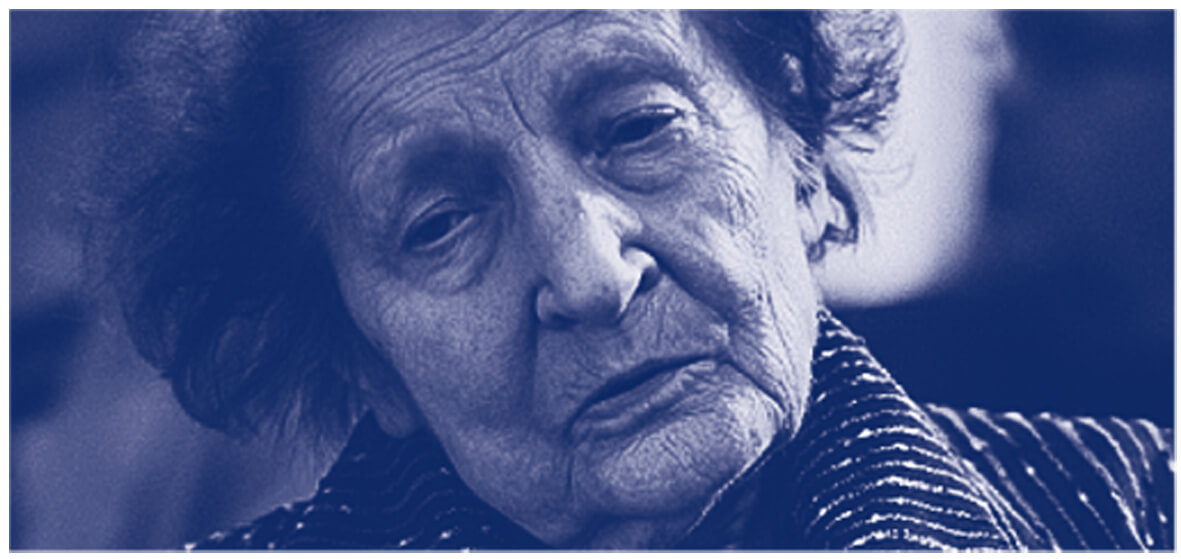
ANNA SZAŁAŚNA/ born 1926 /
Prisoner of KL Auschwitz (camp number 47628) and Ravensbrück. In April 1945, she managed to leave for Sweden within the Nazi victims assistance program, organized by the Swedish Red Cross, chaired by Count Folke Bernadotte. In the summer of 1946, she returned to Poland and studied musicology. In 1959, she moved to Warsaw where she worked at the Institute of Art at the Polish Academy of Science.
The 30th anniversary of the IYMC was a testimony of the remarkable commitment of the employees of this institution to the process of preserving historical awareness in order to create a better future and to build good Polish-German as well as international relations. Meetings with young people are a wonderful experience for me. The visible interest of young Poles, Germans, and Ukrainians in my pre- and post-war life, as well as my time in camps, shows how seriously they treat history.
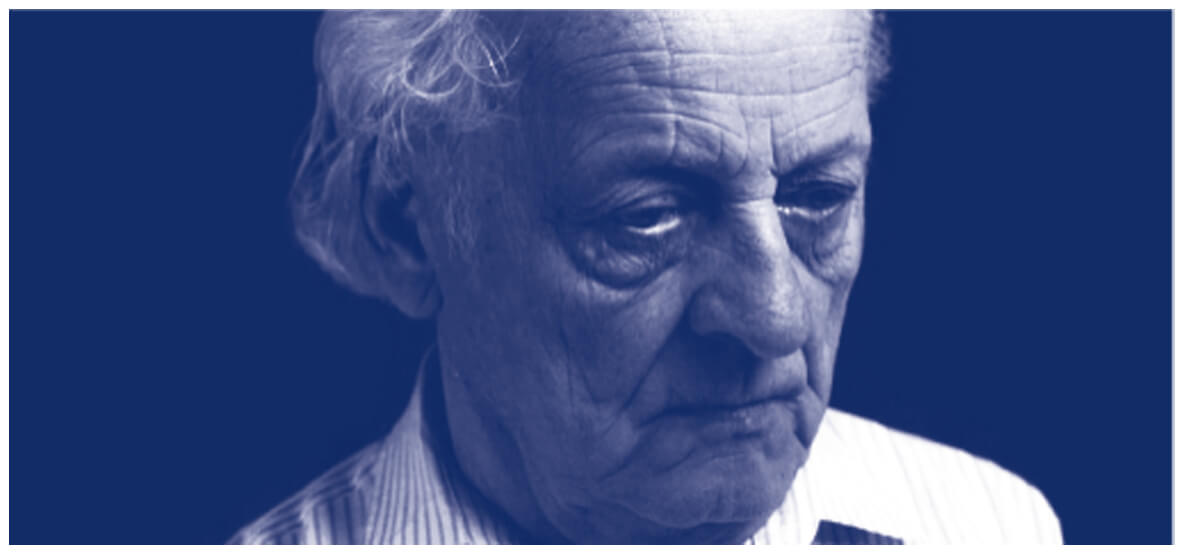
TADEUSZ SZYMAŃSKI/ 1917-2002 /
Prisoner of KL Auschwitz (camp number 20034), Gross-Rosen and Buchenwald. After the war, he worked as the curator at the Auschwitz-Birkenau State Museum in Oświęcim. He contributed to the establishment of the IYMC and later supported its pedagogical work.
What you do is balm for my wounds.
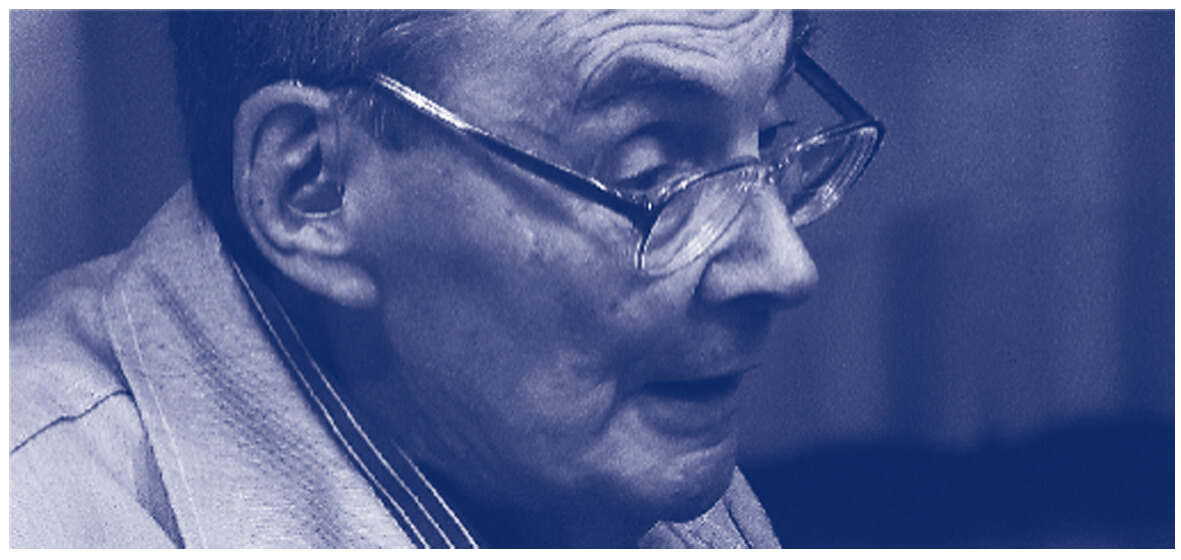
MARIAN TURSKI/ 1926-2025 /
He lived with his family in Łódź, and from April 1940 they were imprisoned in the Łódź ghetto. From there, he was deported to the German concentration camp Auschwitz-Birkenau in August 1944 (camp number B-9408). After the war, he became the head of the history department at the “Polityka” weekly, chairman of the Association of the Jewish Historical Institute in Warsaw, member of the International Auschwitz Committee and the Association Council of the Wannsee Conference House and the Council of the Museum of the History of Polish Jews. He currently lives in Warsaw.
This Centre belongs to the world. Its history spans from Europe to the United Nations.
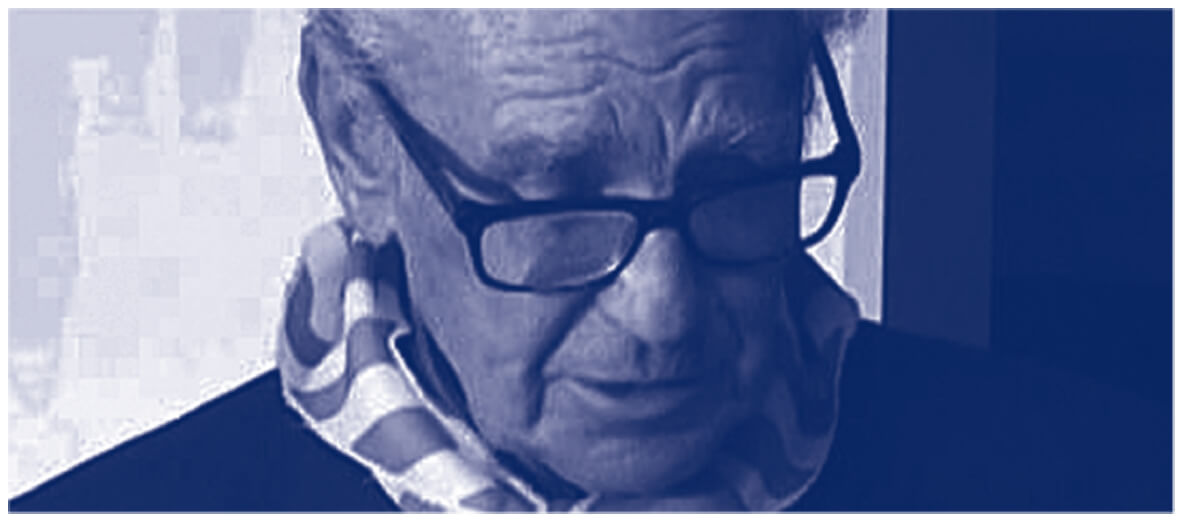
JERZY ULATOWSKI/ born 1931 /
Auschwitz prisoner (number 192823). Arrested during the Warsaw Uprising, deported to Auschwitz with his mother and sister. After the war he graduated from the University of Warsaw with adegree in law. He is a member of the International Auschwitz Committee. He currently lives in Warsaw.
In this House, I have the opportunity to pass on to young people what they are often unable to imagine at all, and what I, as a young person, experienced during my childhood. I was 13 years old when I was sent to KL Auschwitz in the first transport during the Warsaw Uprising. It is very important to me that I have someone to share my memories with. I remember that when I was in a hospital block, I was a witness to the inspection of sick prisoners by Dr. Mengele. Two of my companions were selected and sentenced to death, but I survived. The experiences from the camp have left alasting impression on my life.
